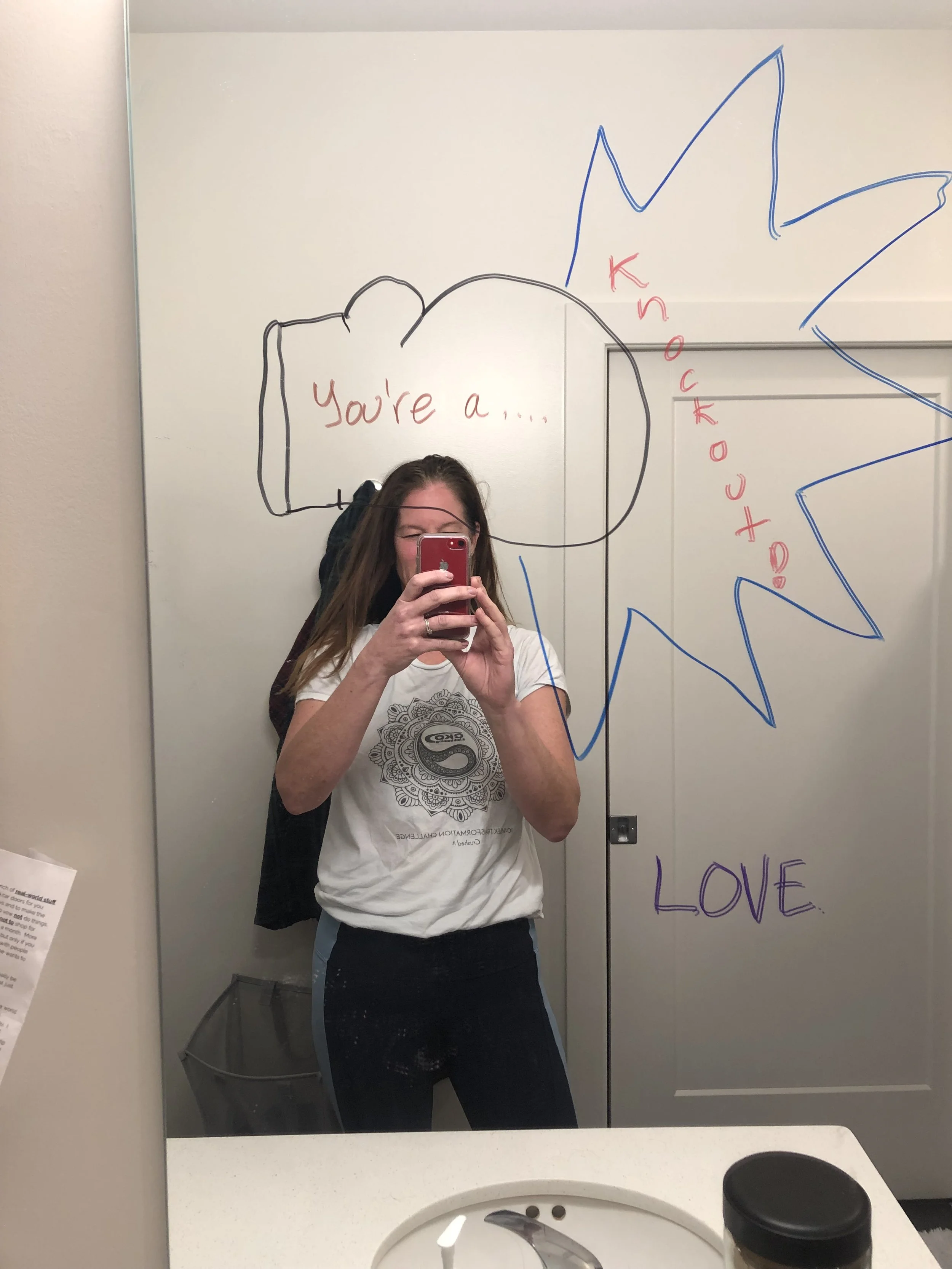Is your day crammed with demands?
There’s a movement blowing up on TikTok called Slow Living. It involves working less, minimizing chaotic days, and being more present through more gaps of down-time in your daily schedule.
The problem with cramming each day with a list of demands is, to generalize, you end up living in your thoughts. Your sensory self is all of you: head, shoulders, knees, and toes. Sensing is a resource to living smarter. A lifestyle that accommodates time to observe or “sense-in” will improve your goals and roles success rate.
Sensory science trains professionals to tag consumers' emotional responses such as this and this. According to neuroscientists, if you aren’t on top of your game, then sensory representations can help you in ways your brain can’t. The former can manipulate your emotions and the latter can clarify them.
Sense reaction vs sense response
Sense is a body function necessary to engage in everyday life activities. It involves your nervous system “tagging” incoming stimuli, which will then defer to subsequent future tags (ie, no thinking involved). You can use it as a gatekeeper for desired behaviors and you’ll leverage your health performance and quality of life.
The interconnectedness of your body’s functions and systems communicates to you. When you slow down and actively listen to observe it, you build the skill of body knowledge. As your vocabulary expands, your problem-solving does, too. Jitteriness, fluttering, aches, itches, and crossing your arms are examples of putting language to “tagged” stimuli.
You can live slower without disrupting your lifestyle to join in on a movement. Start today by noticing one “tag” to your unique sense blueprint. Name it with a phrase, a word, or metaphor. Use your senses to problem-solve one need or modify one daily demand.






